Althea Shelton, MD and Jessica Duis, MD, MS
Use of growth hormone requires a baseline sleep study prior to use and one at 8-10 weeks after initiation. Beyond this, when we see a child or adult in clinic who is having excessive daytime sleepiness and/or worsening behavioral concerns among other symptoms (e.g., headaches or bedwetting), we consider a work up that includes a sleep study.
Across the board, excessive daytime sleepiness (EDS) often called hypersomnia affects individuals with Prader-Willi syndrome (PWS). However, the question of why, which is integral to how we may treat this symptom remains poorly answered. In addition, it is likely this is part of the irritability and behavioral features of PWS, as we all are on a shorter fuse when we are sleepy. For PWS, the next steps are to figure out how we define this characteristic of PWS. In particular, is narcolepsy a feature of PWS?
Multiple sleep disorders can cause EDS, including sleep disordered breathing (SDB) and central hypersomnia, among others. Sleep disordered breathing encompasses disorders of breathing that occur primarily in sleep. The most common SDB problem seen in PWS patients is obstructive sleep apnea (OSA). Central hypersomnias are sleep disorders related to the central nervous system (brain) that cause excessive daytime sleepiness despite sufficient nighttime sleep and other sleep disorders (such as OSA) being adequately treated.
Common central hypersomnias are narcolepsy and idiopathic hypersomnia. Narcolepsy is a sleep disorder characterized by abnormal regulation of the sleep-wake cycle. The typical symptoms of narcolepsy include hypersomnia, cataplexy (loss of muscle one with strong emotion), hypnogogic/hypnopompic hallucinations (hallucinations associated with drowsiness) and sleep paralysis. Automatic behavior (repetitive and common behaviors done at night) and disrupted nighttime sleep also commonly occur. Narcolepsy type 1 (formerly narcolepsy with cataplexy) is caused by the degeneration of the neurons that make the arousal hormone called “orexin”. These neurons are located in the part of the brain called the hypothalamus. Thus, the cerebrospinal fluid of narcolepsy patients has very low or no evidence of orexin because the hypothalamus no longer has the neurons that make it. Think of orexin as an “enforcer” of the arousal system. There are multiple neurohormones that aid in keeping us alert but they don’t consistently work without orexin around. Patients with PWS have been found to have lower levels of orexin in the CSF but not as low as a narcoleptic patient (Omokawa, 2016).
The diagnosis of narcolepsy type 1 is made when either the patient’s CSF has an orexin level less than 100ng/L or with an overnight sleep study (must be normal) followed by a daytime nap study called a multiple sleep latency test (MSLT). In addition, the patient’s hypersomnia cannot be caused by insufficient sleep or another sleep disorder, such as OSA. This is a common difficulty in formalizing a diagnosis of narcolepsy in PWS. If a patient does have OSA, it must be treated by either an adenotonsillectomy and/or positive airway pressure (mainly CPAP or Bi-PAP) and be effectively controlled before a MSLT is completed. These diagnostic conditions make evaluation for narcolepsy in PWS patients difficult since some patients with PWS and residual
OSA are not adherent to CPAP therapy. Thus, per clinical guidelines it cannot be excluded that their hypersomnia is due to OSA. This can be frustrating when establishing a diagnosis.
Our experience suggests individuals with PWS have a narcolepsy-like clinical picture. One interesting observation outside of the typical age range one might diagnose cataplexy is a finding we see commonly in children first around the age of 1-3. We have observed children who appear to be falling asleep while taking each bite. We hypothesize that this is an emotional response as seen in cataplexy. We wonder if this is an early indication that a child with PWS has narcolepsy/cataplexy. In addition, we often hear that individuals with PWS can fall asleep very quickly; however, this is most often when they are not engaged in an activity and “bored.”
We often see improvement in symptoms for patients on modafinil consistent with one clinical study (De Cock, 2011). We have many people with PWS on modafinil who take 100-200 mg in the morning depending on age, and we see a dramatic improvement not just in the daytime alertness, but also with respect to behavioral and attention concerns. We have individuals in which we add a midday dose around 11am-12pm and this helps get them through the day. However, without a clear diagnosis of narcolepsy it can be hard to get this approved by insurance.
Further understanding of these features and their natural history in PWS would be helpful to better treat the community. This is an important subject as we move forward with many clinical trials that are targeting EDS in PWS. For example, data is recently available on pitolisant, which is a medication that acts on histamine H3 receptors in the brain and increases their response to histamine. You may have heard of histamine, as it is most commonly known for its role in inflammation and allergic reactions. In the brain, histamine helps several other neurotransmitters and promotes wakefulness. It is also more recently implicated in addictive behaviors. A recent paper, suggests benefits on sleep and cognition based on parent report (Pullen, 2019). More data is needed to assess the efficacy of this medications in PWS.
In short, our anecdotal experience suggests a narcolepsy-like clinical feature in PWS. There is still much to learn on this subject as there are some differences in PWS and classic narcolepsy/cataplexy. Understanding the features of narcolepsy in PWS and how to best diagnose it are important for our community, especially with many exciting therapies on the horizon.
References:
- De Cock VC, Diene G, Molinas C, Masson VD, Kieffer I, Mimoun E, Tiberge M, Tauber M. Efficacy of modafinil on excessive daytime sleepiness in Prader-Willi syndrome. Am J Med Genet A. 2011 Jul;155A(7):1552-7. doi: 10.1002/ajmg.a.34047. Epub 2011 Jun 10. PubMed PMID: 21671379.
- Omokawa M, Ayabe T, Nagai T, Imanishi A, Omokawa A, Nishino S, Sagawa Y, Shimizu T, Kanbayashi T. Decline of CSF orexin (hypocretin) levels in Prader-Willi syndrome. Am J Med Genet A. 2016 May;170A(5):1181-6. doi: 10.1002/ajmg.a.37542. Epub 2016 Jan 6. PubMed PMID: 26738920.
- Pullen LC, Picone M, Tan L, Johnston C, Stark H. Cognitive Improvements in Children with Prader-Willi Syndrome Following Pitolisant Treatment-Patient Reports. J Pediatr Pharmacol Ther. 2019 Mar-Apr;24(2):166-171. doi: 10.5863/1551-6776-24.2.166. PubMed PMID: 31019411; PubMed Central PMCID: PMC6478354.
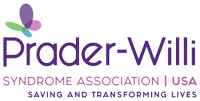
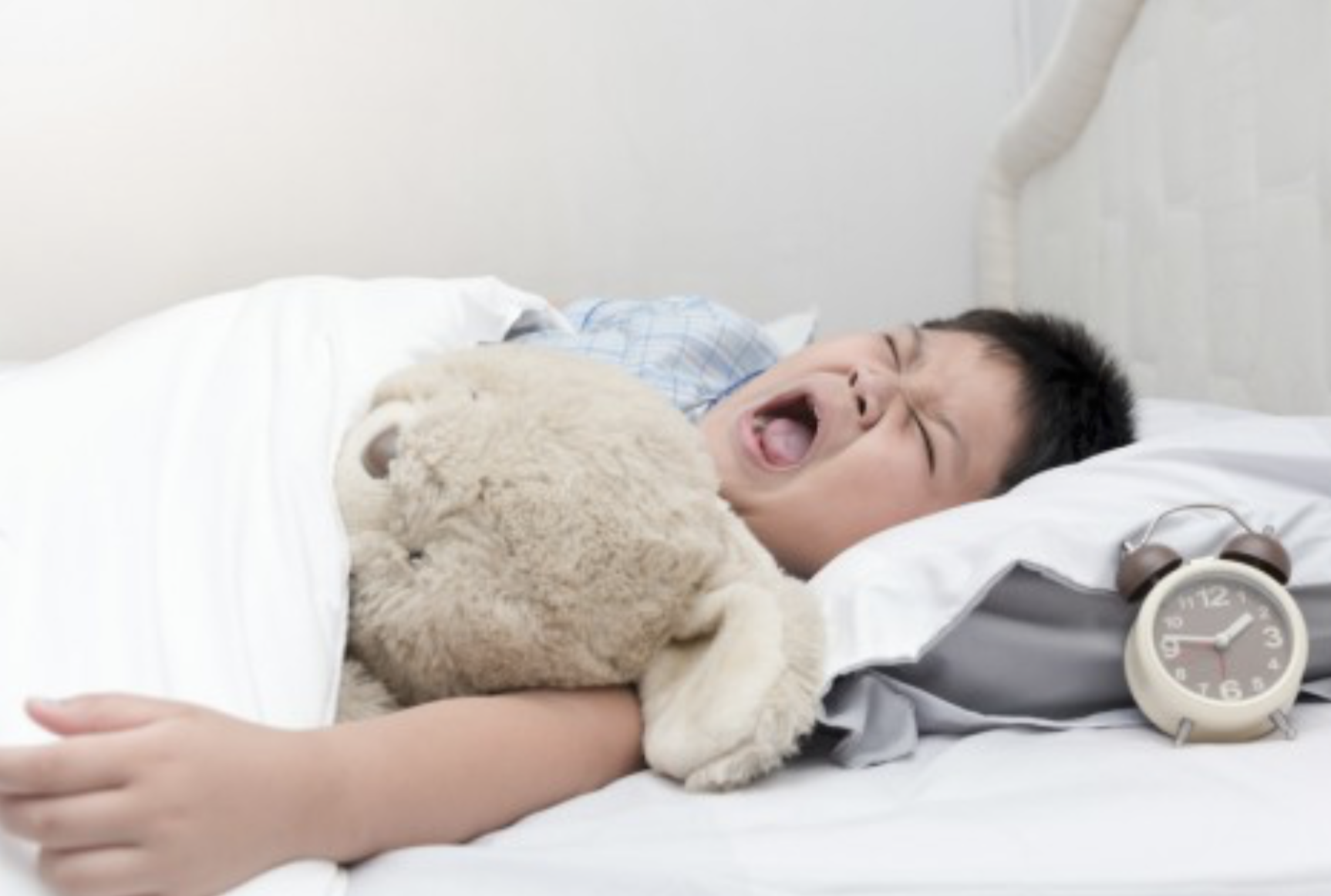
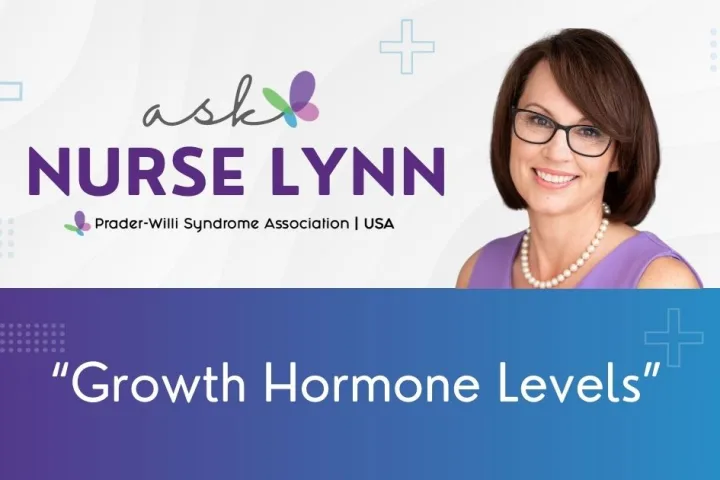
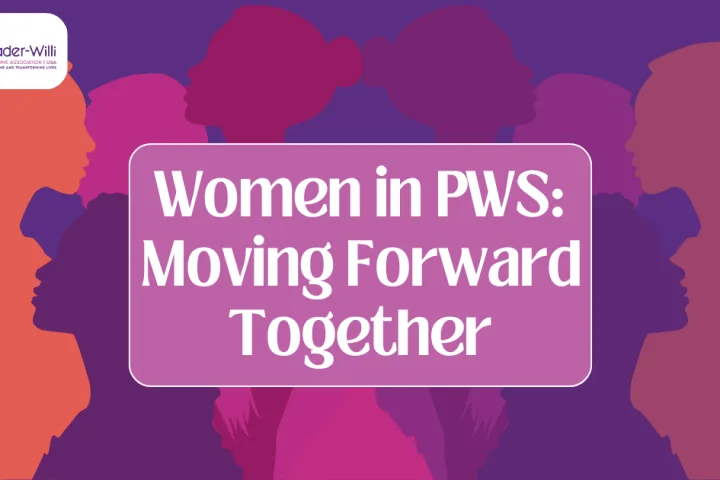

 Jennifer Bolander has been serving as a Special Education Specialist for PWSA (USA) since October of 2015. She is a graduate of John Carroll University and lives in Ohio with her husband Brad and daughters Kate (17), and Sophia (13) who was born with PWS.
Jennifer Bolander has been serving as a Special Education Specialist for PWSA (USA) since October of 2015. She is a graduate of John Carroll University and lives in Ohio with her husband Brad and daughters Kate (17), and Sophia (13) who was born with PWS. Perry A. Zirkel has written more than 1,500 publications on various aspects of school law, with an emphasis on legal issues in special education. He writes a regular column for NAESP’s Principal magazine and NASP’s Communiqué newsletter, and he did so previously for Phi Delta Kappan and Teaching Exceptional Children.
Perry A. Zirkel has written more than 1,500 publications on various aspects of school law, with an emphasis on legal issues in special education. He writes a regular column for NAESP’s Principal magazine and NASP’s Communiqué newsletter, and he did so previously for Phi Delta Kappan and Teaching Exceptional Children. Evan has worked with the Prader-Willi Syndrome Association (USA) since 2007 primarily as a Crisis Intervention and Family Support Counselor. Evans works with parents and schools to foster strong collaborative relationships and appropriate educational environments for students with PWS.
Evan has worked with the Prader-Willi Syndrome Association (USA) since 2007 primarily as a Crisis Intervention and Family Support Counselor. Evans works with parents and schools to foster strong collaborative relationships and appropriate educational environments for students with PWS.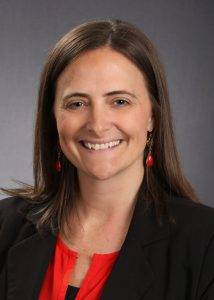 Dr. Amy McTighe is the PWS Program Manager and Inpatient Teacher at the Center for Prader-Willi Syndrome at the Children’s Institute of Pittsburgh. She graduated from Duquesne University receiving her Bachelor’s and Master’s degree in Education with a focus on elementary education, special education, and language arts.
Dr. Amy McTighe is the PWS Program Manager and Inpatient Teacher at the Center for Prader-Willi Syndrome at the Children’s Institute of Pittsburgh. She graduated from Duquesne University receiving her Bachelor’s and Master’s degree in Education with a focus on elementary education, special education, and language arts.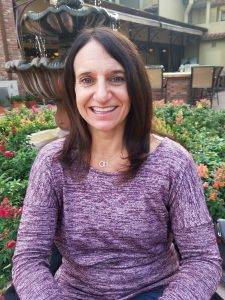 Staci Zimmerman works for Prader-Willi Syndrome Association of Colorado as an Individualized Education Program (IEP) consultant. Staci collaborates with the PWS multi-disciplinary clinic at the Children’s Hospital in Denver supporting families and school districts around the United States with their child’s Individual Educational Plan.
Staci Zimmerman works for Prader-Willi Syndrome Association of Colorado as an Individualized Education Program (IEP) consultant. Staci collaborates with the PWS multi-disciplinary clinic at the Children’s Hospital in Denver supporting families and school districts around the United States with their child’s Individual Educational Plan. Founded in 2001, SDLC is a non-profit legal services organization dedicated to protecting and advancing the legal rights of people with disabilities throughout the South. It partners with the Southern Poverty Law Center, Protection and Advocacy (P&A) programs, Legal Services Corporations (LSC) and disability organizations on major, systemic disability rights issues involving the Individuals with Disabilities Education Act (IDEA), Americans with Disabilities Act (ADA), and the federal Medicaid Act. Recently in November 2014, Jim retired.
Founded in 2001, SDLC is a non-profit legal services organization dedicated to protecting and advancing the legal rights of people with disabilities throughout the South. It partners with the Southern Poverty Law Center, Protection and Advocacy (P&A) programs, Legal Services Corporations (LSC) and disability organizations on major, systemic disability rights issues involving the Individuals with Disabilities Education Act (IDEA), Americans with Disabilities Act (ADA), and the federal Medicaid Act. Recently in November 2014, Jim retired.